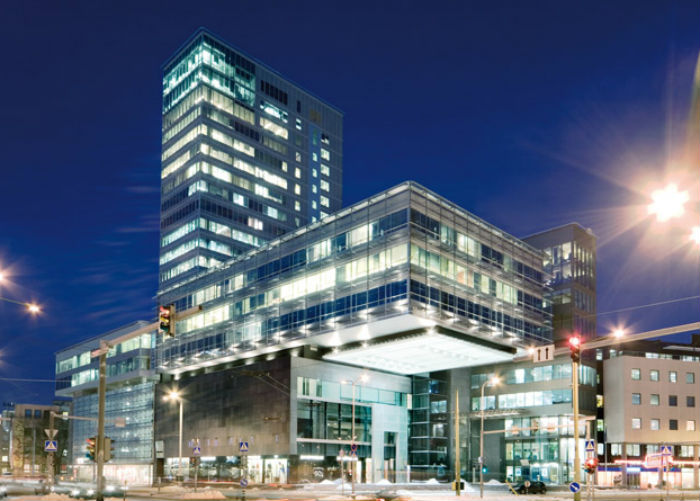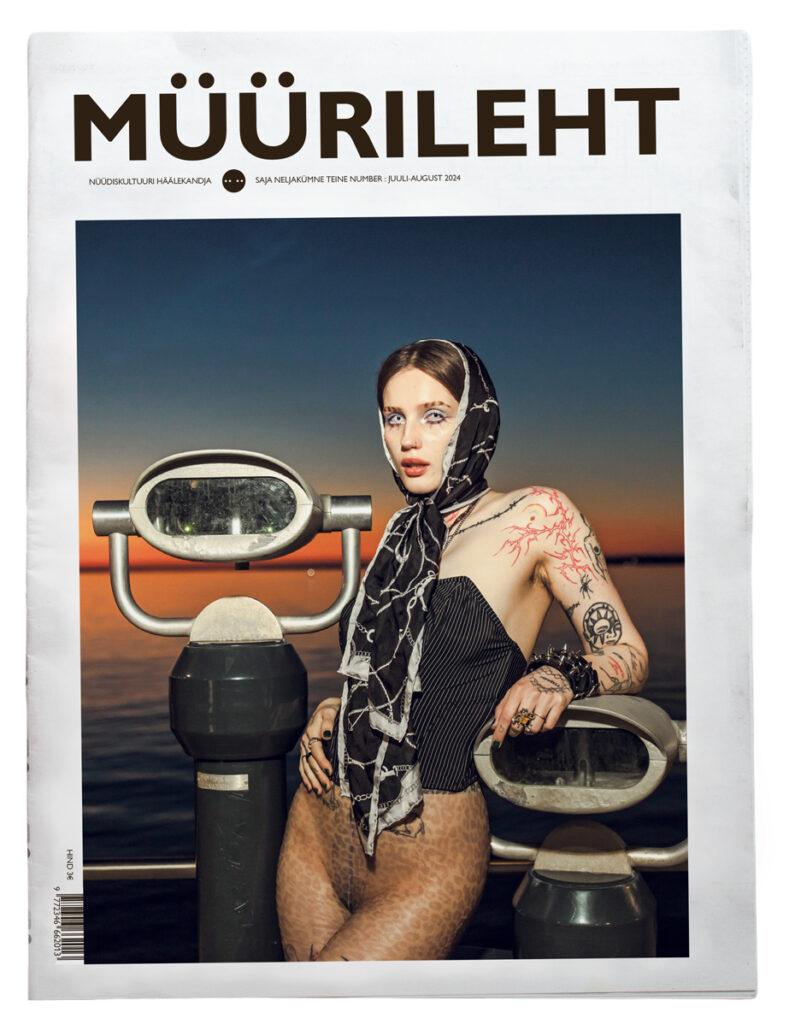21st century Estonian architecture – 20 remarkable buildings
Lugemisaeg 5 minTo a stranger – a wondering eye in a new country – architecture can be a window to the country’s past, present and future. We compiled a selection of remarkable Estonian architecture from the recent decades, which represents a new, forward-looking and confident Estonia.
The article was first published by Estonian World, a London-based online magazine founded in 2012 to write about cosmopolitan Estonians and their views, ideas, experiences and achievements.
This short introduction with images is aimed to raise curiosity in the mind of the readers and research more about Estonian modern architecture. You can explore further from the websites like the Union of Estonian Architects, the Estonian Centre of Architecture and the Museum of Estonian Architecture.

City Plaza (Alver Trummal Architects, 2004) – this building has some brutal undertones in the heart of the
capital. It is a good example of modern office architecture that incorporates a few restaurants, a spa and a gym complex as well.
